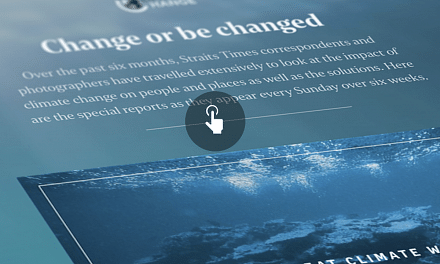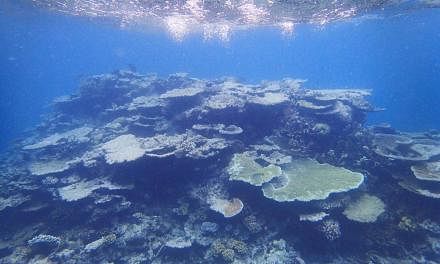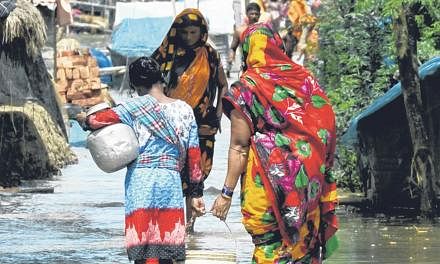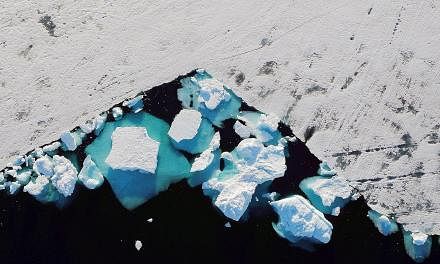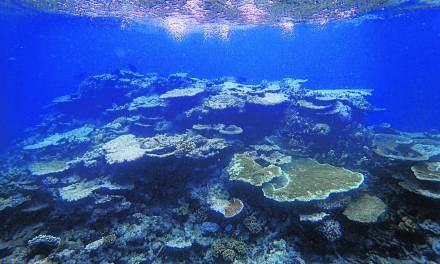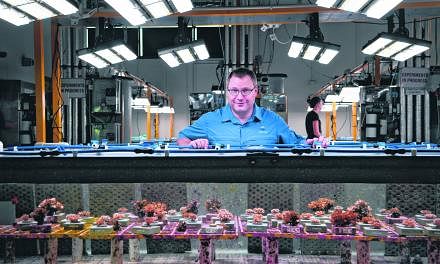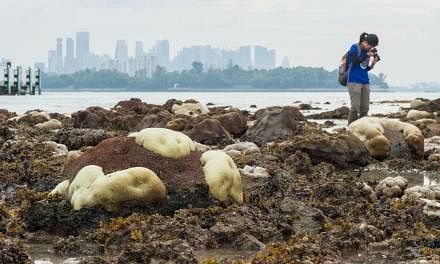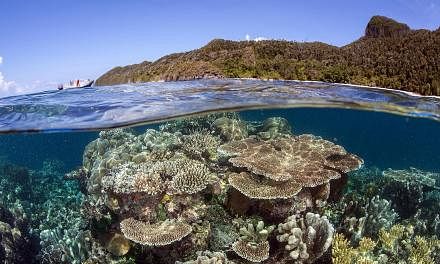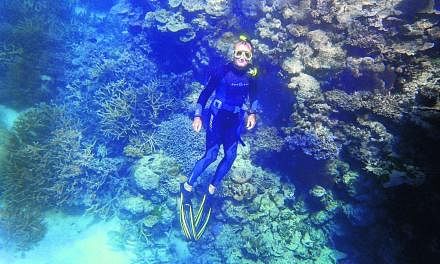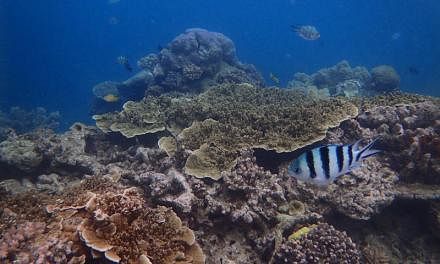Coral reefs and other ecosystems: A global wipe-out
Warming of 2 deg C may destroy ecosystems on around 13 per cent of the world's land area

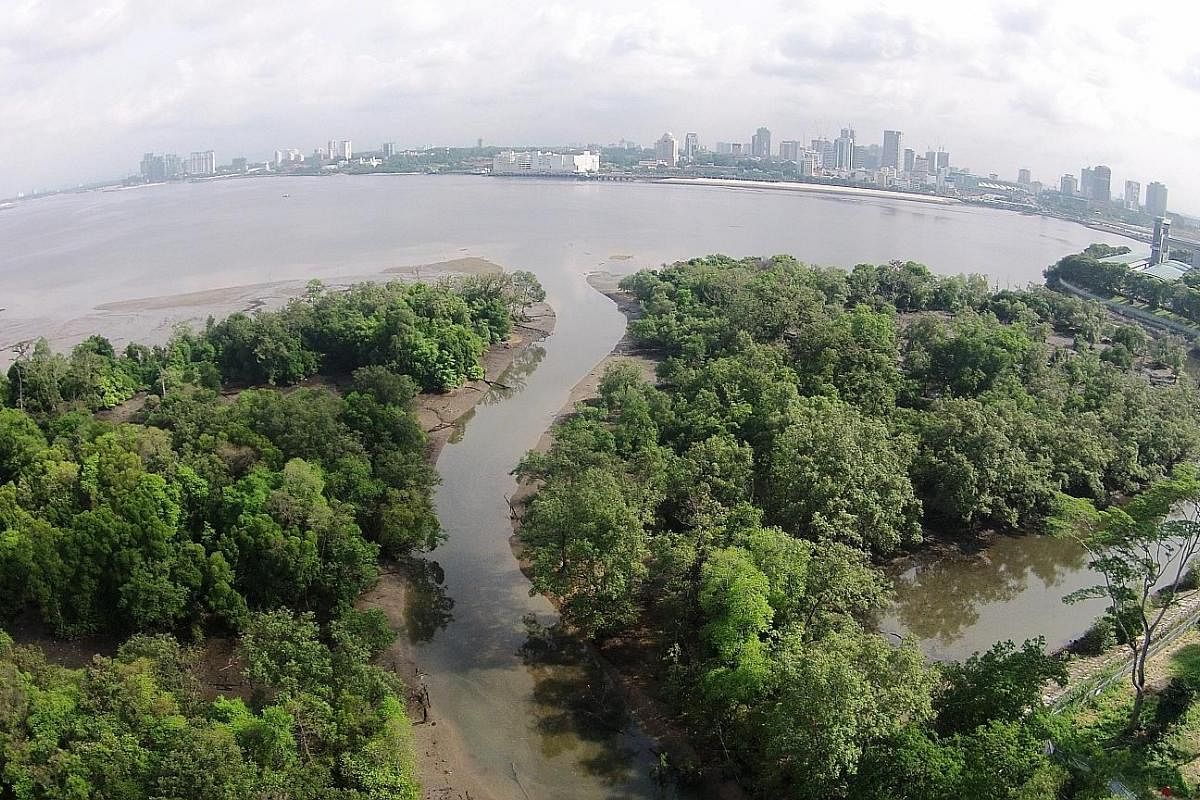
Many more of the world's plant and animal species can survive the scourge of climate change - if global warming is limited to 1.5 deg C above pre-industrial levels.
The Intergovernmental Panel on Climate Change (IPCC) has warned that 2 deg C of warming could destroy ecosystems on around 13 per cent of the world's land area, increasing the risk of extinction for many insects, plants and animals.
Holding warming to 1.5 deg C would reduce that risk by half.
In the words of the IPCC: "Of 105,000 species studied, 6 per cent of insects, 8 per cent of plants and 4 per cent of vertebrates are projected to lose over half of their climatically determined geographic range for global warming of 1.5 deg C, compared with 18 per cent of insects, 16 per cent of plants and 8 per cent of vertebrates for global warming of 2 deg C."
Particularly at risk of degradation and loss are high-latitude tundra areas - vast, treeless regions found in the Arctic and on the tops of mountains, and boreal forests - large swathes in the far northern parts of the world dominated by conifers.
Arctic temperatures are rising, sea ice is hitting record lows and permafrost is thawing. Studies suggest Alaska's vast tundra is now releasing more carbon dioxide than it stores, adding to the warming effect in the atmosphere.
The Arctic could experience ice-free summers at least once every decade in a 2 deg C world, versus once in a century at 1.5 deg C, the IPCC warned.
This would have dire consequences on creatures like polar bears, which rely on ice because it provides them with a platform for hunting seals, said scientists.
Mangroves, which store over three times more carbon than dryland forests, are also likely to be affected substantially by global warming as sea levels rise.
"Keeping warming to 1.5 deg C is the tallest of tall orders, but it is the minimum we should aim for if time is not to run out for many of the earth's natural systems as we know them today," said Mr Adam Markham, deputy director of the Climate and Energy Programme at the Union of Concerned Scientists, writing in the science advocacy organisation's blog.
Singapore's small size makes its ecosystems highly vulnerable to the impacts of global climate change and its associated extreme weather events, said the National Parks Board (NParks).
Habitats, especially the primary forest patches, are small, making them more prone to drying out. This in turn affects animals which depend on them for food and shelter. Ecosystems with rich biodiversity are better placed to withstand these effects. For instance, some tree species tolerate periods of drought, while others withstand flooding better.
"This means that in the long term, an ecosystem with a higher diversity of species is more likely to persist and rebound resiliently over several cycles of extreme events, as shown scientifically in coral ecosystems as well as terrestrial forests," said Dr Lena Chan, senior director of International Biodiversity Conservation at NParks.
NParks is the key agency in Singapore managing areas that contribute significantly to carbon storage and sequestration. Several nature parks act as buffers to nature reserves, while nature ways that link the forests between them help to strengthen their sustainability and resilience.
NParks has also adopted multi-layered planting to roadside greenery and is pushing for higher adoption of vertical greenery - all of which will mitigate the impact of climate change.
Tree planting, a cornerstone of the country's greening efforts, not only helps to increase species diversity but also increases carbon sequestration.
The trees in Singapore store 4.1 million tonnes of carbon, and are able to sequester around 17,500 more tonnes of carbon per year. This amount of stored carbon is equivalent to almost five times the total yearly household carbon emissions in the country, NParks revealed. Without this tree cover, Singapore would release far more carbon dioxide.
The board is also key in efforts to protect the country's coastal and marine environments.
In addition, it is embarking on a series of projects to conserve native butterflies, birds, bees and bats.
"These four groups of animals are important pollinators and seed distributors within Singapore's forest ecosystems, and important players in the food web," said Dr Chan.
"So efforts to understand and conserve them will help to improve the dispersal of forest plants and the rate of natural reforestation."
Join ST's Telegram channel and get the latest breaking news delivered to you.
A version of this article appeared in the print edition of The Sunday Times on October 21, 2018, with the headline Coral reefs and other ecosystems: A global wipe-out. Subscribe
